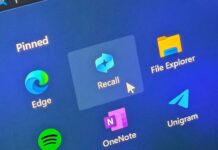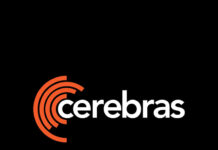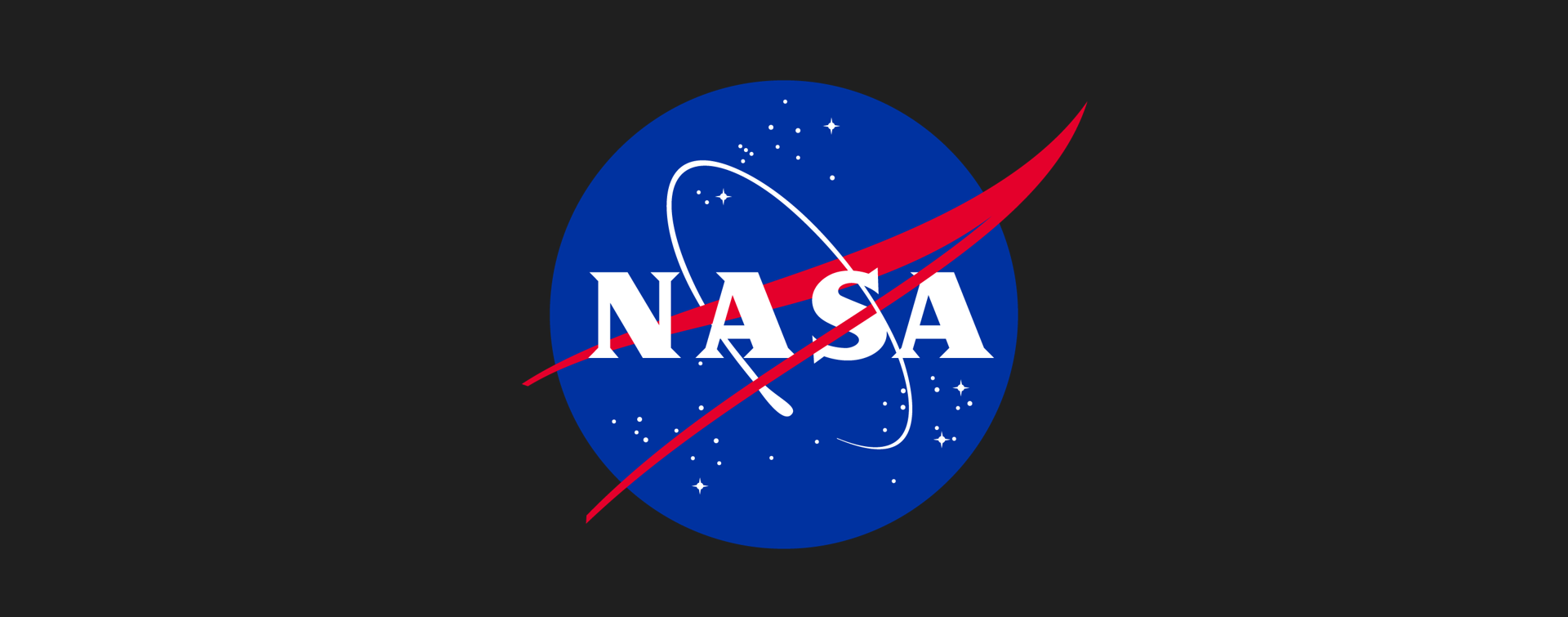NASA Taps Intuitive Machines and Aalyria Technologies for Advanced Space Communications Studies
NASA has recently chosen Intuitive Machines from Houston and Aalyria Technologies Inc. from Livermore, California, to conduct capability studies aimed at advancing space communication and exploration technologies. These studies are designed to help NASA understand the industry’s capabilities and innovations better, facilitating future partnerships with commercial communications and navigation providers.
Under the Next Space Technologies for Exploration Partnerships-2 (NextSTEP-2) Broad Agency Announcement (BAA) Appendix Q, these awards are structured as firm fixed-price milestone-based contracts.
Intuitive Machines: Pioneering Lunar User Terminals and Network Orchestration
Intuitive Machines has been awarded $647,600 to focus on Study Area No. 1, which involves creating state-of-the-art studies and demonstrations for a dual-purpose navigation and communication lunar surface user terminal. This terminal is expected to play a crucial role in lunar surface exploration planning and ensure compatibility with future LunaNet service providers. LunaNet is a collaborative project involving NASA, the European Space Agency (ESA), and other international space agencies.
Aalyria Technologies: Advancing Network Orchestration and Management Systems
Aalyria Technologies has been awarded $393,004 to work on Study Area No. 2, which focuses on Network Orchestration and Management Systems (NOMS). Their task is to provide NASA with valuable insights into advanced network orchestration and management systems that can effectively integrate multiple commercial and government communication service providers within the Near Space Network.
Understanding NASA’s Near Space Network
NASA’s Near Space Network is managed by the Goddard Space Flight Center in Greenbelt, Maryland, under the SCaN (Space Communications and Navigation) program office within the Space Operations Mission Directorate at NASA Headquarters in Washington. This network provides vital communication services for NASA missions through an interoperable architecture, which includes a combination of existing NASA and commercial services.
Greg Heckler, the new capability lead for the SCaN Program at NASA Headquarters in Washington, explained the significance of these awards. “These awards are part of NASA’s continuing effort to build commercial partnerships to help support increasingly sophisticated and high-demand space missions,” said Heckler. “Seamless interoperability across networks, from here on Earth to cislunar space, is an essential element of SCaN’s emerging ‘one network’ approach. These awards will move us one step closer to realizing that future.”
Impacts and Future Prospects
The studies conducted through the Next Space Technologies for Exploration (NextSTEP) – 2 Omnibus Broad Agency Announcement aim to enhance NASA’s goal of creating a reliable, robust, and cost-effective set of commercial services. This approach allows NASA to be one of many customers, enabling a more sustainable and versatile space exploration ecosystem.
The collaboration with Intuitive Machines and Aalyria Technologies marks a significant step towards achieving these goals. By leveraging industry innovations, NASA aims to develop a more integrated and efficient space communication infrastructure. This not only benefits NASA’s missions but also opens up opportunities for other entities to utilize advanced space communication technologies.
Understanding Key Terms
For those unfamiliar with some of the technical jargon, here’s a brief explanation:
1. **LunaNet**: A collaborative network initiative involving NASA, ESA, and other space agencies to provide interoperable communication and navigation services on the lunar surface.
2. **Network Orchestration and Management Systems (NOMS)**: Technologies that manage and coordinate multiple communication networks to ensure seamless and efficient data transmission.
3. **Near Space Network**: A communication network managed by NASA that provides robust communication services for missions operating relatively close to Earth, including the area around the Moon.
Why This Matters
These advancements are crucial for the future of space exploration. As missions become more complex and numerous, the need for reliable and efficient communication systems becomes paramount. By investing in studies and innovations now, NASA is laying the groundwork for a future where space missions can operate more autonomously and efficiently.
The collaboration with commercial partners also highlights a shift towards a more inclusive space exploration ecosystem. Instead of relying solely on governmental resources, NASA is leveraging the expertise and capabilities of private companies. This not only accelerates technological advancements but also distributes the benefits and opportunities of space exploration more broadly.
Good to Know Information
For those interested in learning more about the NextSTEP public-private partnership model, you can visit NASA’s dedicated webpage at: https://www.nasa.gov/nextstep.
This partnership model is a testament to how collaboration between public and private sectors can drive innovation and progress. By working together, NASA and its commercial partners can achieve more than they could individually, pushing the boundaries of what is possible in space exploration.
Conclusion
The selection of Intuitive Machines and Aalyria Technologies for these capability studies is a significant step forward in enhancing space communication and exploration technologies. These efforts will not only benefit NASA’s missions but also contribute to a more integrated and efficient space communication infrastructure that can support a wide range of users and applications.
By fostering commercial partnerships and investing in innovative studies, NASA is ensuring that it remains at the forefront of space exploration. This proactive approach will help address the challenges of future missions and pave the way for a more sustainable and versatile space exploration ecosystem.
For further details and updates, you can refer to the original announcement on NASA’s website.
For more Information, Refer to this article.


















![Samsung’s CES 2025 Press Event: ‘AI for All’ Theme [Invitation] Samsung Press Conference at CES 2025 ‘AI for All: Everyday, Everywhere’](https://www.hawkdive.com/media/samsung-technology-ces-2025-invitation-ai-for-all_thumbnail728-218x150.jpg)














